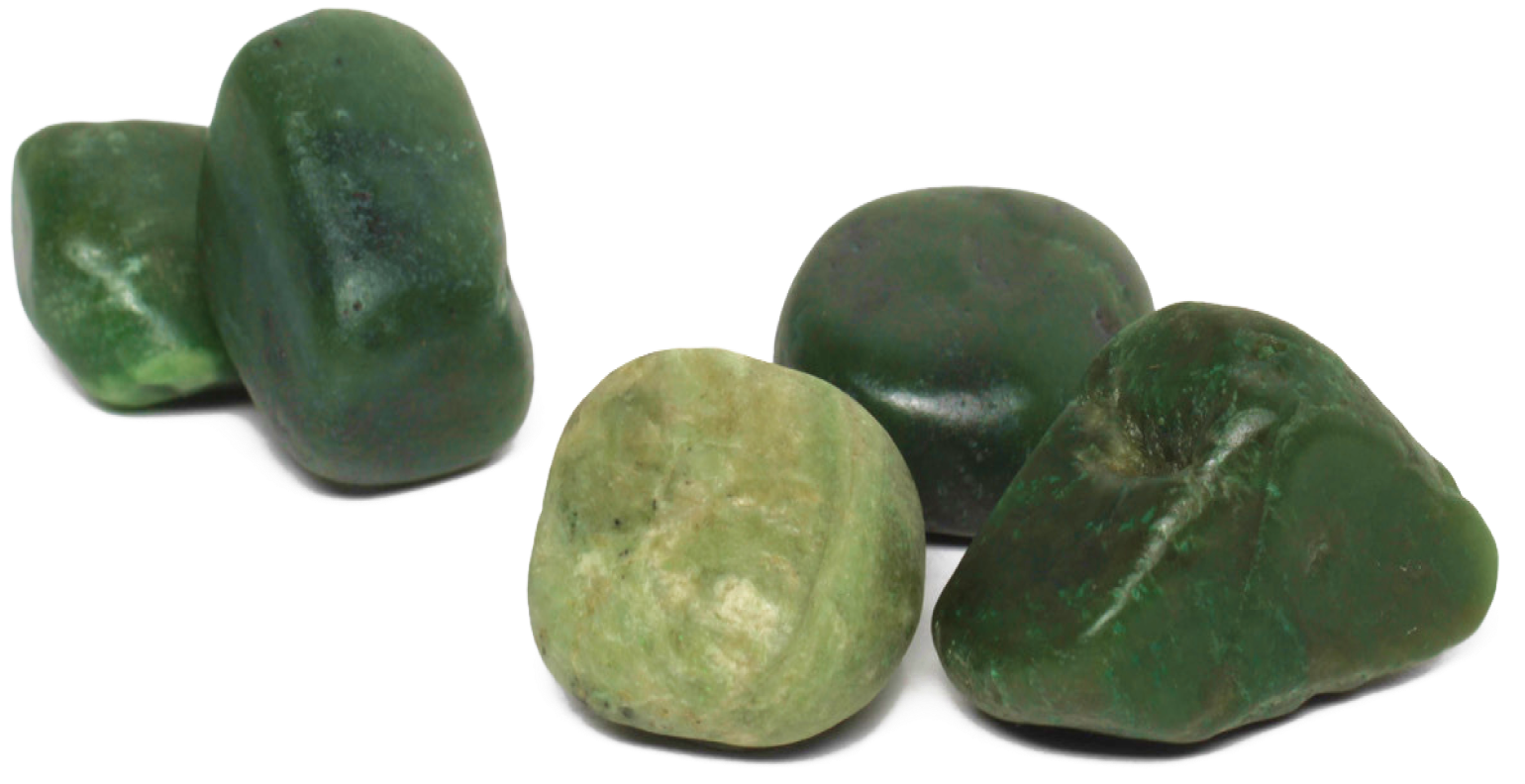 Free shipping options
Free shipping options Sustainable Packaging
Sustainable Packaging Hand-carved NZ Pounamu
Hand-carved NZ Pounamu Hassle-free returns
Hassle-free returns





 The artist behind this creationFuelled by the love of seeing his ideas come to life in pounamu, Akapita Scally carefully considers design flow and significance when creating his signature pieces known for their meticulous finish and radiating beauty.
As a part of Rotorua’s carving industry for the past decade, Aka has had the privilege of working alongside some of the town’s finest pounamu artists. His designs are notable for their perfect lines and exemplary finishing, and he is particularly skilled at reflecting traditional forms whilst pushing contemporary boundaries.
Akapita is from Ngāti Rangiwewehi, Ngāti Whakaue and Ngāti Rangitihi.
The artist behind this creationFuelled by the love of seeing his ideas come to life in pounamu, Akapita Scally carefully considers design flow and significance when creating his signature pieces known for their meticulous finish and radiating beauty.
As a part of Rotorua’s carving industry for the past decade, Aka has had the privilege of working alongside some of the town’s finest pounamu artists. His designs are notable for their perfect lines and exemplary finishing, and he is particularly skilled at reflecting traditional forms whilst pushing contemporary boundaries.
Akapita is from Ngāti Rangiwewehi, Ngāti Whakaue and Ngāti Rangitihi.